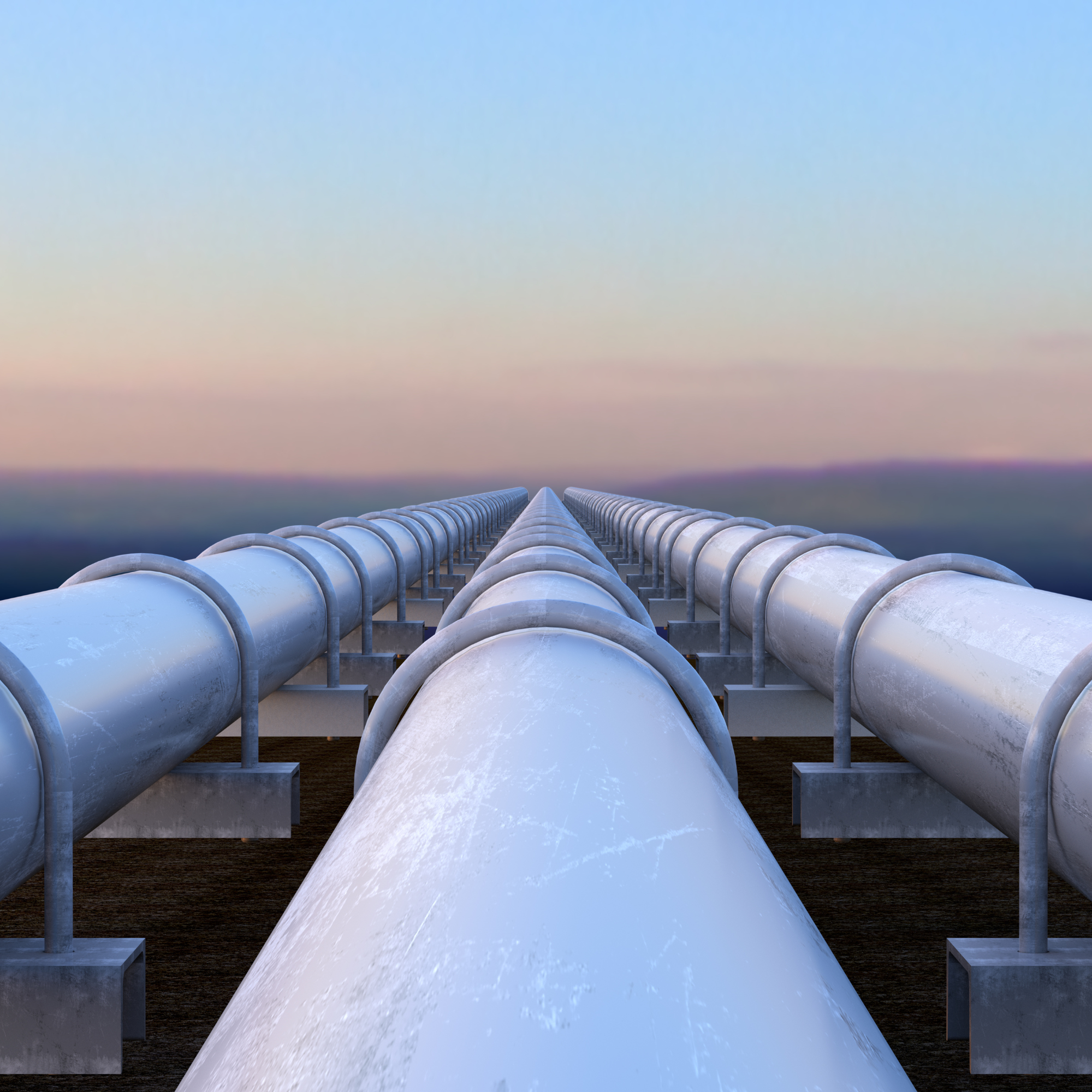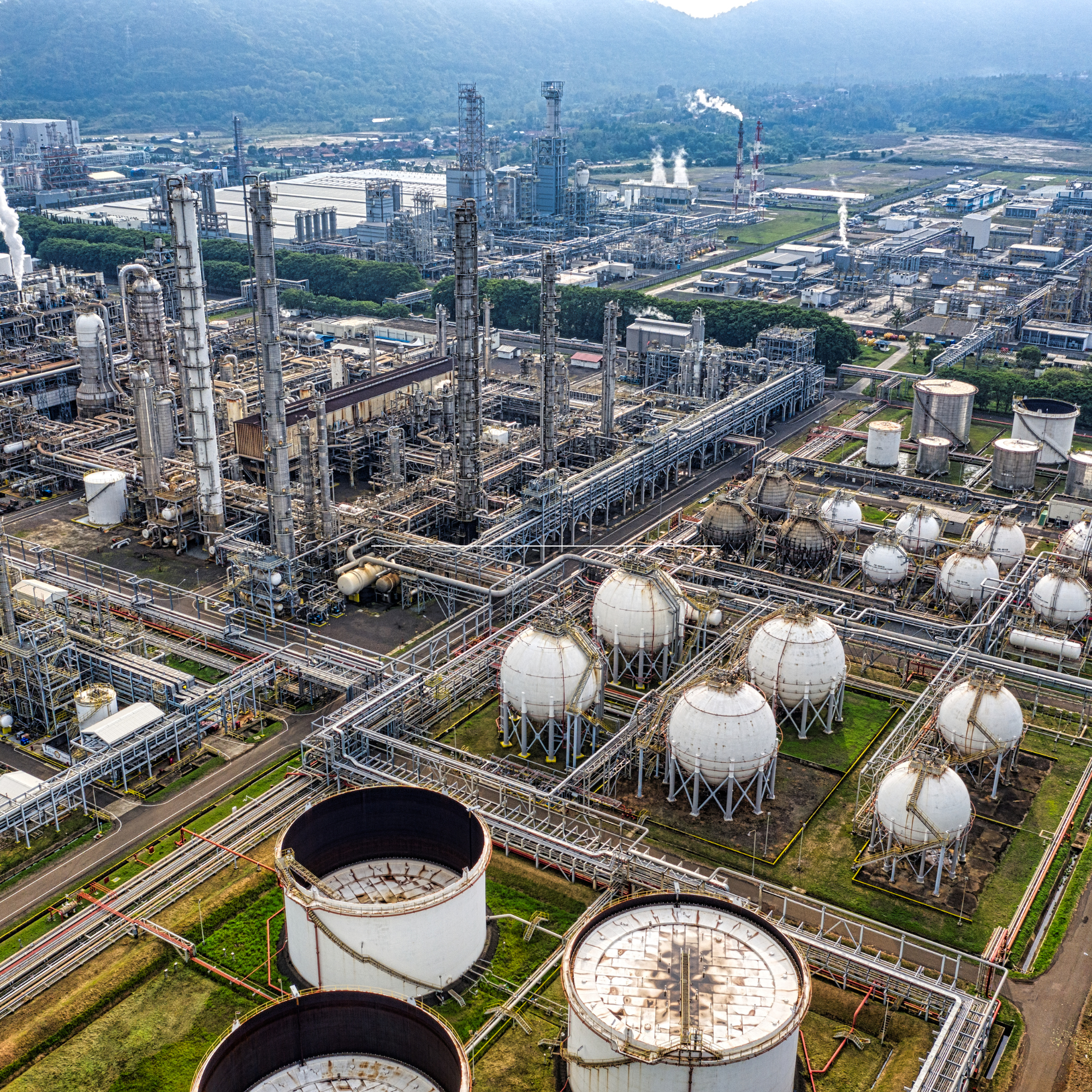At Sonus Consulting, we understand the importance of continuous monitoring. That's why we specialize in around-the-clock, 24/7 long term monitoring of both potential and known defects. Our Acoustic Emission program can serve as an early warning system, ensuring the safety and efficiency of your operations.
Services
Acoustic Emission Testing
This technique detects the sounds emitted by materials under stress, helping to identify early-stage damage before it leads to failure. We specialize in high-precision acoustic emission testing for structures like pipelines, tanks, and pressure vessels.
Key Benefits:
Early detection of structural issues
Minimizes downtime and repair costs
Suitable for high-risk environments like aerospace and energy
Acoustic Emission Applications

Aerospace | Common applications: Inspection of metallic and composite structures -Detection of cracks, corrosion, and delamination -In-flight monitoring of stress and fatigue

Oil & Gas | Common applications: Pipeline monitoring for cracks and corrosion -Offshore platform inspections -Pressure vessel and storage tank evaluations

Energy | Common applications: Pipeline inspection -Boiler and pressure vessel integrity -Reactor containment structures

Civil Engineering | Common applications: Bridge and infrastructure health monitoring -Concrete and steel structural inspections -Monitoring of cracks, corrosion, and fatigue

Pharma & Food Processing | Common applications: Inspection of sealed containers and pipes -Monitoring of sterilization equipment and systems -Leak detection in critical infrastructure

Mining | Common applications: Monitoring mining structures for cracks or shifts -Inspection of equipment -Detection of potential failures in underground tunnels

Railways | Common applications: Monitoring of rail tracks for cracks and wear -Inspection of train wheels and axles -Fatigue monitoring of track components

Defense & Military | Common applications: Inspection of military aircraft, vehicles, and naval vessels -Monitoring of critical systems for signs of failure -Fatigue and stress testing for long-term reliability

Marine | Common applications: Hull inspection for cracks and corrosion -Inspection of offshore oil rigs -Testing of shipboard components for fatigue and damage
Ready to ensure the safety and reliability of your operations?
Contact us today to learn more about our services or request a consultation.
